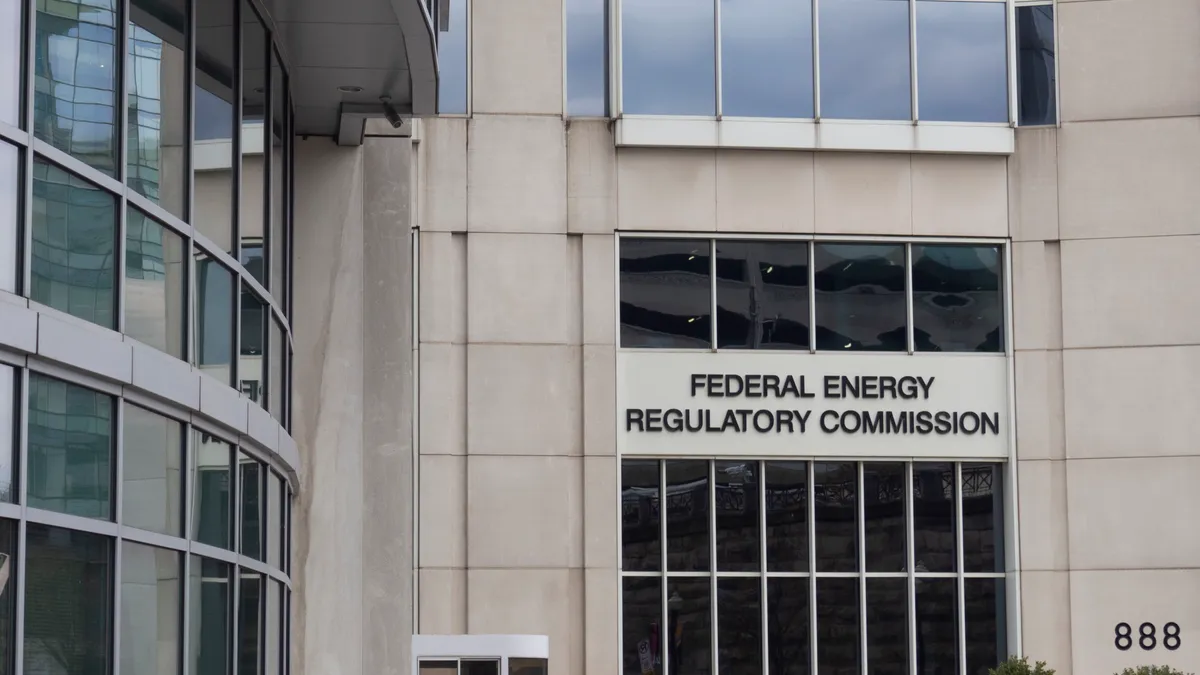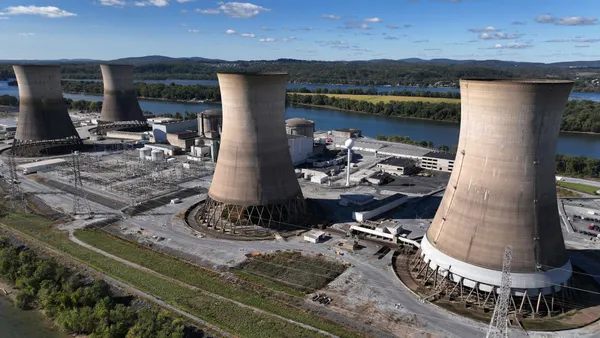Dive Brief:
- Coal plants that had been planning to retire under the Mercury and Air Toxics Standards (MATS) are largely staying the course, Argus reports, despite a U.S. Supreme Court ruling in June that appeared to give them a potential stay of execution.
- The Justices ruled over the summer that the U.S. Environmental Protection Agency should have considered costs before implementing the MATS rule. Despite the ongoing legal battle, many plants are already reducing their coal deliveries.
- Even so, some utilities and power companies are holding off on plans to convert some plants to natural gas.
Dive Insight:
Despite ongoing legal battles over the MATS rule, as well as the expected clash over the Clean Power Plan, it appears many in the industry see the writing on the wall.
More than 12,000 MW of coal-fired generation were expected to be retired this year as a result of the MATS rule. Responding to the Supreme Court's decision, which remanded the rule to the U.S. Court of Appeals, EPA officials have asked for time -- until spring 2016 -- to fix the rule. While a coalition of states have asked the U.S. Court of Appeals to throw out the rule, the EPA filed with the court to make changes to it.
The Supreme Court's ruling didn't question the legality of regulating coal plant pollution emissions, leaving it up to the D.C. Circuit Court to choose how to enforce the decision. Legal experts told Utility Dive that the outcome could result in either one of two decisions: Overturn the ruling completely and make the EPA start from scratch or request the agency amend the ruling to satisfy Scalia's opinion about the costs of implementation.
But however the MATS rule ends up, coal power is still expected to decline, due in large part to the Clean Power Plan (CPP), which calls for a nationwide 32% reduction in greenhouse gas emissions from power plants by 2030 below 2005 levels.
Utilities have indicated they won't be challenging the Obama administration's signature climate change legislation. And despite the Supreme Court ruling on MATS that could give some coal facilities a new lease on life, Argus reports many are reducing their coal burn anyway.
According to the news outlet, plants aiming to shutter next year took less than 14 million short tons of coal in the first seven months of the year, compared to about 17.6 million short tons in the same period last year.
Low gas prices are largely to blame. In the Midcontinent ISO and West, natural gas has been plumbing lows around $2.50/MMBtu, which is generally the point where coal is challenged. Other areas, where gas supplies are more plentiful, have been paying around $1/MMBtu at times.
Not everyone is following that strategy, however. NRG Energy has delayed plans to convert an Ohio plant to burn gas, instead choosing to install pollution controls. The company proposed converting the plant to natural gas in 2013; among the reasons for its decision, NRG cited delays in developing a short supply pipeline.













